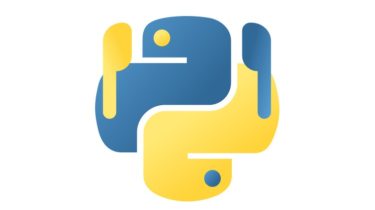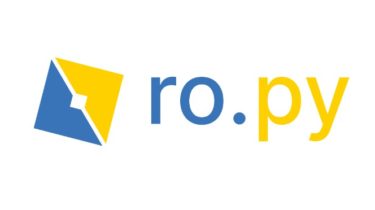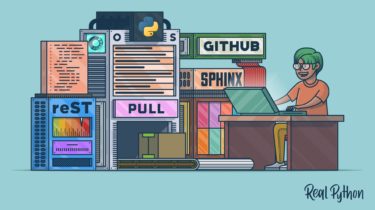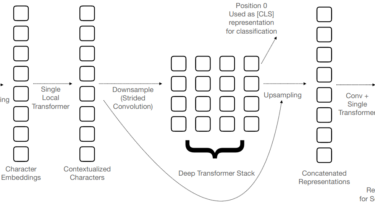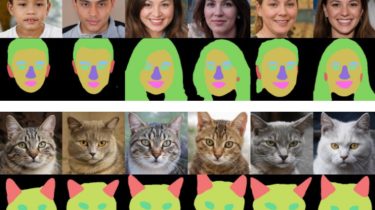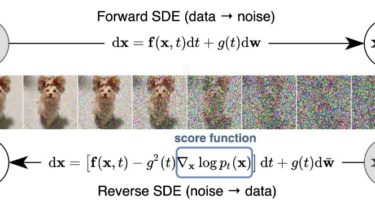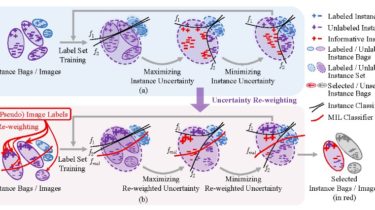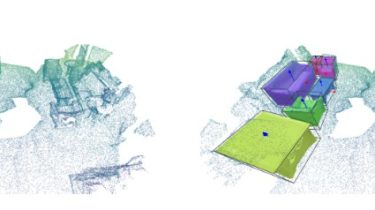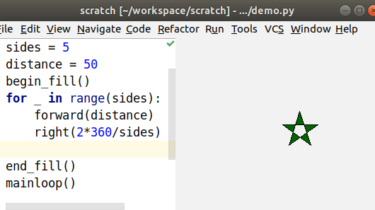Make Telegram group call with MTProto Api using Pyrogram and WebRTC
PyTgCalls This project allow to make Telegram group call with MTProto Api using Pyrogram and WebRTC, this is possible thanks to the power of NodeJS’s WebRTC library, socketio-client and @evgeny-nadymov Problem with pyrogram? If do you have problems with pyrogram, reinstall by this command pip install git+https://github.com/pyrogram/pyrogram -U Live stream or ffmpeg live conversion stopped? Check before if is changing the size of file(Is a method to check if ffmpeg is alive). If is alive and stream is stopped, report […]
Read more